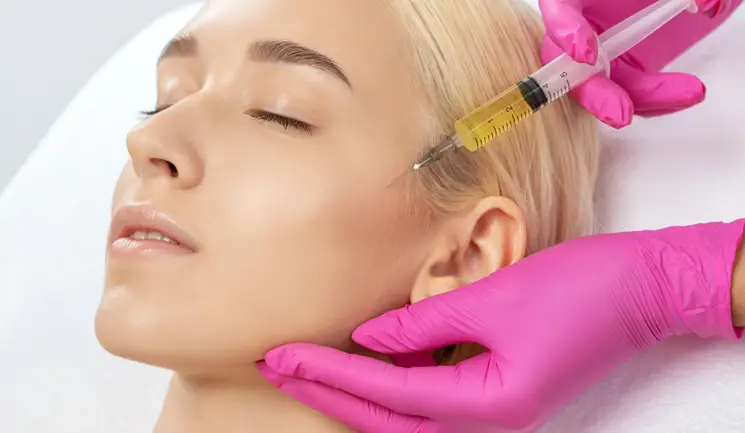Dr Hannah Ranjbar discusses her approach to treating patients who present with dermal filler complications from another practitioner
To access this post, you must purchase Aesthetics Journal Membership – Annual Elite Membership, Aesthetics Journal Membership – Annual Enhanced Membership or Aesthetics Journal Membership – Basic Membership.
log in
log in

